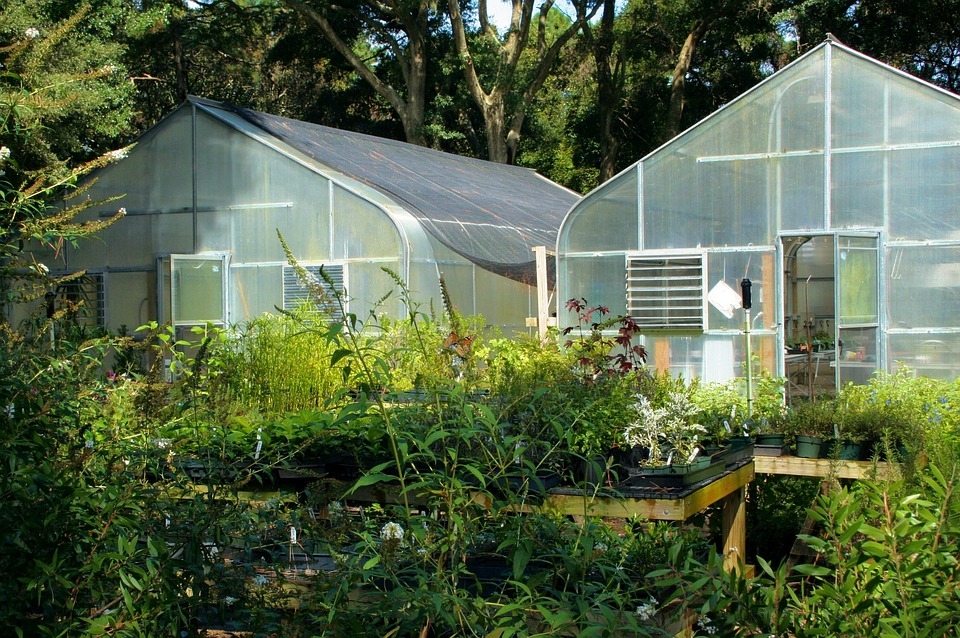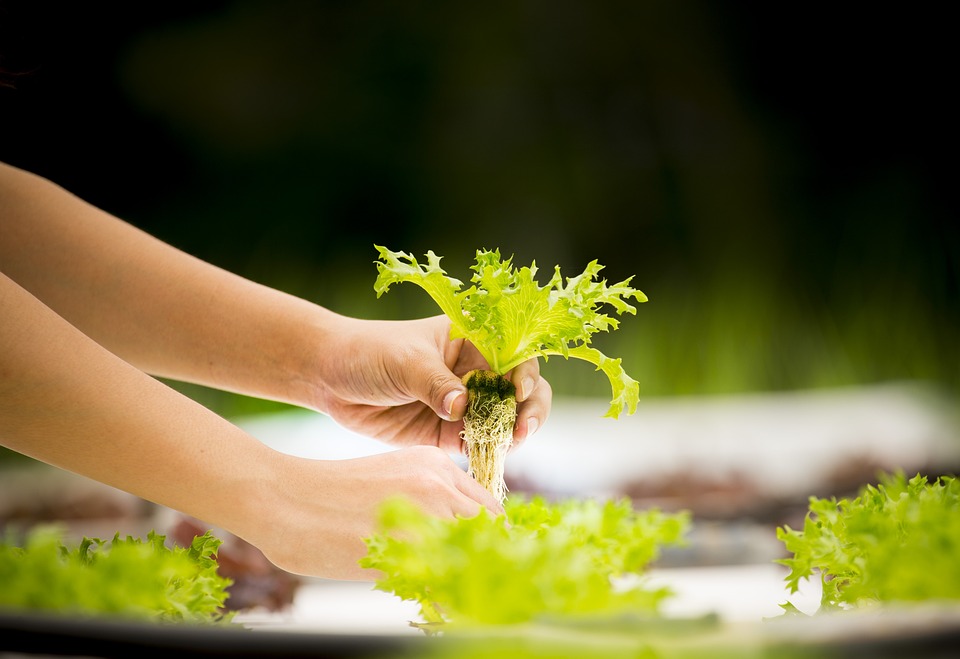Eco-Conscious Travel: The Ultimate Guide to Sustainable Destinations
I first fell in love with eco-conscious travel when I took a trip to Costa Rica a few years ago. I was amazed by the country’s commitment to preserving its natural beauty and the environment. From sustainable eco-resorts to community-based tourism initiatives, Costa Rica showed me that travel can be both enjoyable and beneficial for the planet. Since then, I’ve made it my mission to seek out destinations that prioritize sustainability and environmental responsibility. In this ultimate guide to sustainable destinations, I’ll share with you some of the most eco-conscious travel experiences around the world, and how you can make the most of your sustainable travels. When it comes to sustainable travel, choosing the right destination is key. Many countries and regions have made significant strides in promoting eco-friendly tourism, and there are plenty of options for eco-conscious travelers to explore. One of the top destinations for sustainable travel is Iceland. This small island nation is known for its stunning natural landscapes, including glaciers, volcanoes, and waterfalls. Iceland has made a concerted effort to promote sustainable tourism, with a focus on protecting its delicate ecosystems and minimizing the impact of visitors on the environment. Another popular destination for sustainable travel is New Zealand. This beautiful country is committed to preserving its natural beauty and has a wide range of eco-friendly attractions and activities. From hiking through lush rainforests to exploring pristine beaches, New Zealand offers travelers a chance to connect with nature while supporting sustainable tourism initiatives. For those looking for a more off-the-beaten-path sustainable travel experience, the Galápagos Islands are a must-see destination. This unique archipelago, located off the coast of Ecuador, is home to a stunning array of wildlife, including giant tortoises, marine iguanas, and blue-footed boobies. The Galápagos Islands are a UNESCO World Heritage site, and strict regulations are in place to protect the delicate ecosystems of the islands. By visiting the Galápagos, travelers can support conservation efforts and experience the incredible biodiversity of this remote and beautiful destination. In addition to choosing the right destination, there are many other ways to practice sustainable travel. When it comes to accommodations, eco-conscious travelers can seek out eco-friendly hotels and resorts that prioritize environmental responsibility. Many properties around the world have implemented green initiatives, such as using renewable energy sources, reducing water usage, and minimizing waste. Transportation is another important aspect of sustainable travel. Choosing to travel by public transportation, walking, or biking can help reduce your carbon footprint while exploring a destination. In some cases, travelers may even consider offsetting the carbon emissions of their flights by purchasing carbon offsets, which support projects that reduce greenhouse gas emissions. Supporting local communities and economies is another essential component of sustainable travel. By shopping at local markets, eating at locally-owned restaurants, and supporting community-based tourism initiatives, travelers can contribute to the economic well-being of the destinations they visit while minimizing their impact on the environment. Additionally, participating in responsible wildlife encounters and supporting conservation efforts can help protect the natural beauty and biodiversity of a destination. One of the most rewarding aspects of sustainable travel is the opportunity to engage in meaningful cultural exchange and learn from local communities. Many destinations offer immersive experiences that allow travelers to connect with indigenous cultures, learn about traditional practices, and support local artisans and craftspeople. By participating in these experiences, travelers can gain a deeper understanding of the destinations they visit and contribute to the preservation of traditional knowledge and practices. When it comes to packing for sustainable travel, there are a few pro tips to keep in mind. Bringing reusable water bottles, utensils, and bags can help minimize single-use plastic waste while on the road. Additionally, choosing eco-friendly toiletries and sunscreens can help protect the local environment from harmful chemicals. Finally, packing light and choosing sustainable clothing options can help reduce the environmental impact of your travels. In conclusion, eco-conscious travel is a rewarding and fulfilling way to explore the world while minimizing your impact on the environment. By choosing sustainable destinations, accommodations, transportation, and activities, travelers can support environmental responsibility and contribute to the preservation of our planet’s natural beauty. Whether you’re exploring the stunning landscapes of Iceland, immersing yourself in the culture of New Zealand, or marveling at the biodiversity of the Galápagos Islands, sustainable travel offers endless opportunities to connect with nature, support local communities, and make a positive impact on the world. So, pack your bags, embrace the spirit of sustainable travel, and embark on an adventure that will leave a positive legacy for generations to come.









